Sudden destabilisation in Syria exposes deeper disruption to Mid-East hit by 13 months of war
Fresh fighting in Syria may revive terror threats in the West, including Australia.
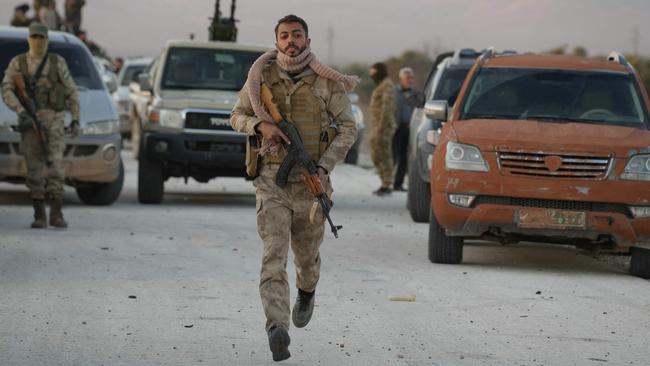
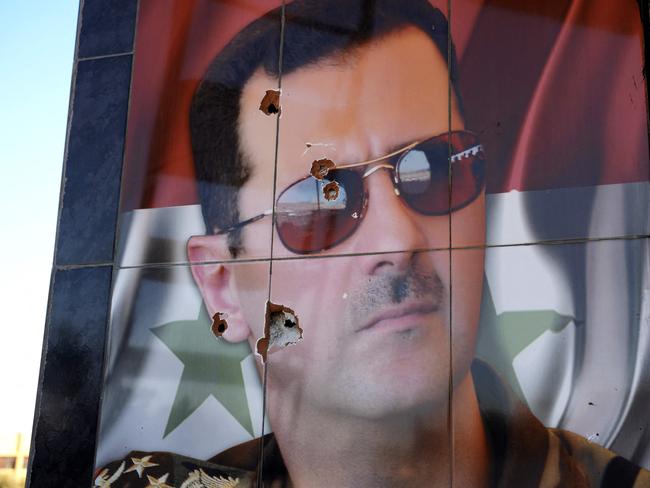
This sudden destabilisation exposes the deeper disruption inflicted across the whole Middle East by 13 months of war. It further weakens a shaky ceasefire in Lebanon and worsens the regional crisis that the incoming US administration now faces. Along with the ongoing conflicts in Gaza and the Red Sea, this fresh fighting in Syria – and the potential for collapse of the ceasefire in Lebanon – may reinvigorate terror threats in some Western countries, including Australia.
Rebel groups led by HTS launched their offensive last weekend, breaking out of strongholds in Syria’s northwestern province, Idlib, and quickly capturing a dozen lightly defended villages in the neighbouring province, Aleppo.
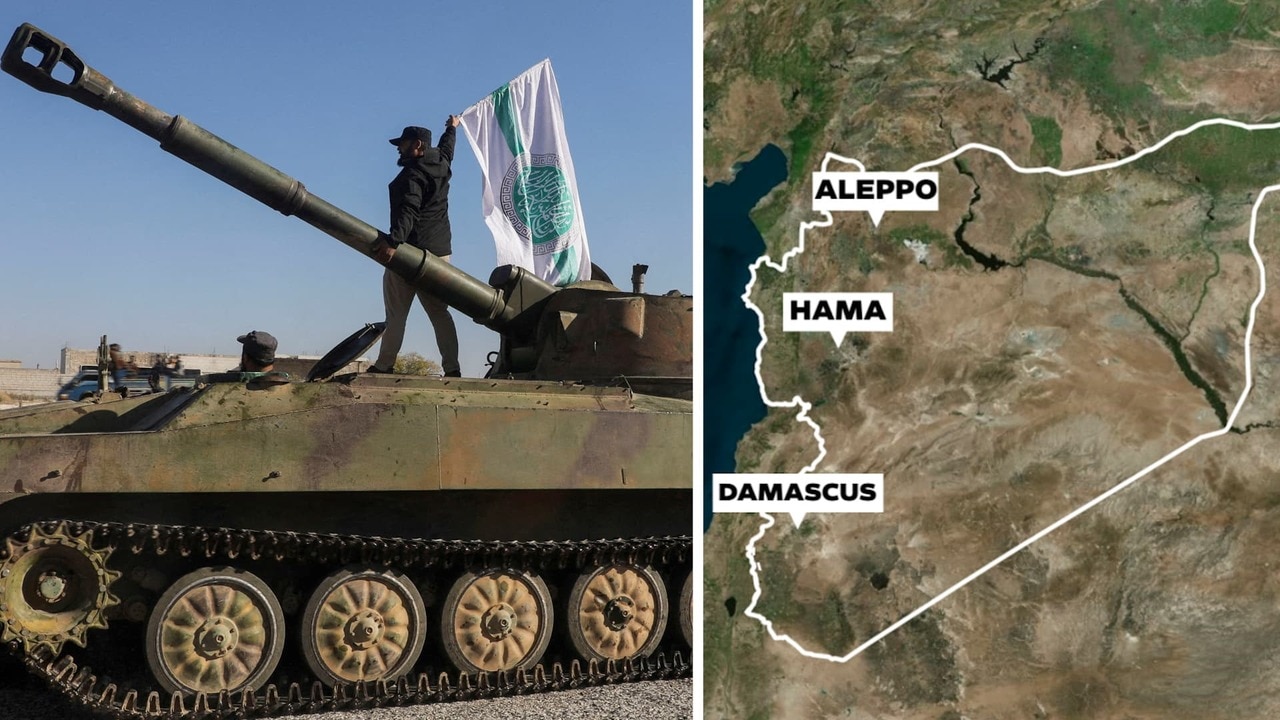
Within 72 hours they had seized the provincial capital, Aleppo City, including the international airport on the city’s eastern outskirts that, besides being a regional air hub, dominates a critical highway junction that controls access to Syria’s northeast. Fast-moving rebel forces mounted in armed pick-up trucks (known as technicals) and fielding weaponised drones, armoured vehicles and heavy weapons, quickly advanced to the outskirts of Hama, 150km farther south.
The rebels began their assault on the city on Tuesday evening, Syrian time. Despite a desperate defence by a scratch force rapidly pulled together by the Syrian government, the rebels captured Hama on Thursday afternoon local time, pushing southward as government troops withdrew to avoid a battle inside the urban area itself.
Only the town of Homs – about another 50km farther down the M5 highway towards Damascus – now stands in the way of rebel control of Syria’s central breadbasket region, the most populous area remaining under government control.
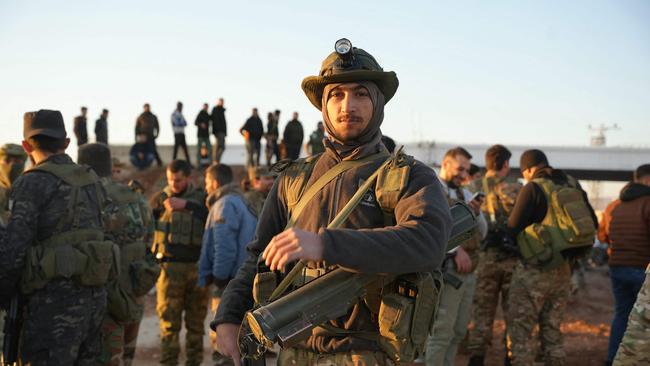
This rapid breakthrough represents a highly dramatic development, completely transforming a conflict in which there had been no large-scale manoeuvre for nearly five years.
Simultaneously, an HTS-affiliated group seized Tal Rifaat, a majority-Kurdish town 40km north of Aleppo, which had been controlled by the US-backed, Kurdish-led Syrian Democratic Forces. Several SDF units are now encircled by HTS in northern Syria.
American advisers have not been drawn into direct combat but the US maintains more than 900 troops in country, and a US base in Syria’s northeast was struck by rockets several days ago. Witness videos purport to show airstrikes by US A-10 ground attack aircraft against government forces in the eastern region of Deir Ezzor, suggesting that US commanders also see a threat from regime troops or militias.
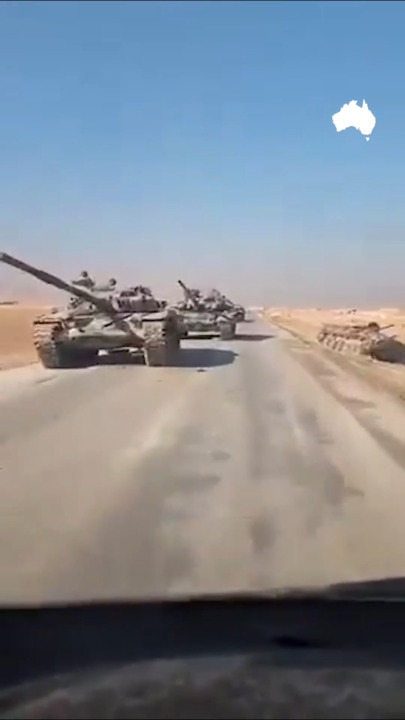
Kurdish leaders in Tal Rifaat are requesting a humanitarian corridor for civilians to evacuate the area, something HTS – which has a reputation for being more rational and pragmatic (and less brutal) than its rival Islamic State – may allow as it seeks to consolidate against any counterattack. Indeed, the speed and extent of its breakthrough could become a problem for HTS, whose forces will be stretched thin across a huge region if it attempts to defend all the recently captured areas. Letting civilians leave contested territory would simplify its security challenges.
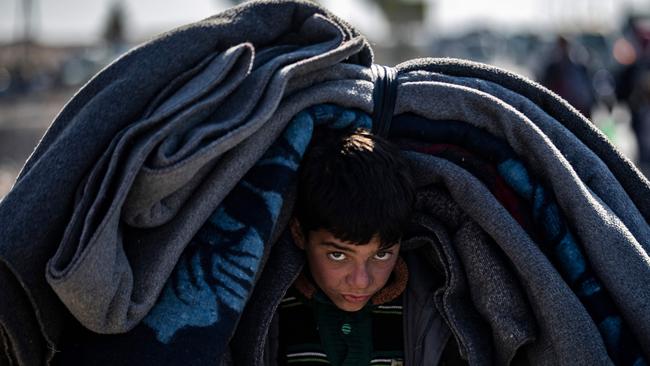
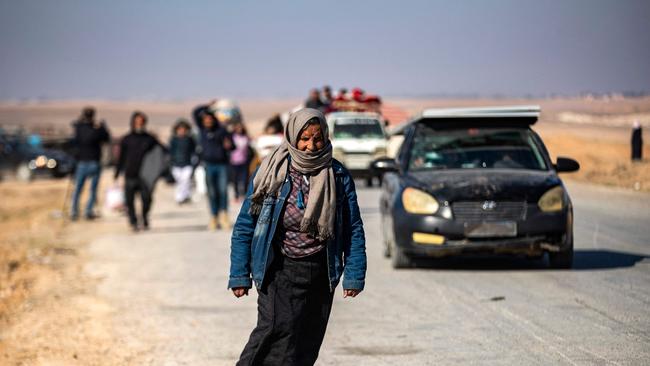
So far, civilians in Aleppo are reporting that HTS troops have been polite and well-disciplined, refraining from looting or attacking civilians, though this obviously can change as the situation develops. Cities were badly damaged and civilians heavily targeted during previous rounds of fighting in Syria’s civil war, which began in 2011.
The rebel offensive has left the government of Bashar al-Assad and its backers (Moscow, Tehran, Lebanese Hezbollah and a coalition of Iraqi Shi’ite militias known as the Popular Mobilisation Forces) scrambling. Hundreds of PMF troops, mounted in technicals, crossed from Iraq into Syria at the border post of Bou Kamal last Monday.
Many of these fighters belong to the PMF’s Hezbollah Brigade (an Iraqi militia separate from Lebanese Hezbollah) and the Badr Brigades. Others are from Harakat al-Nujaba, one of the most active groups launching attacks against US bases in Iraq in recent years. These organisations, like other PMF groups, are closely allied with Iran.
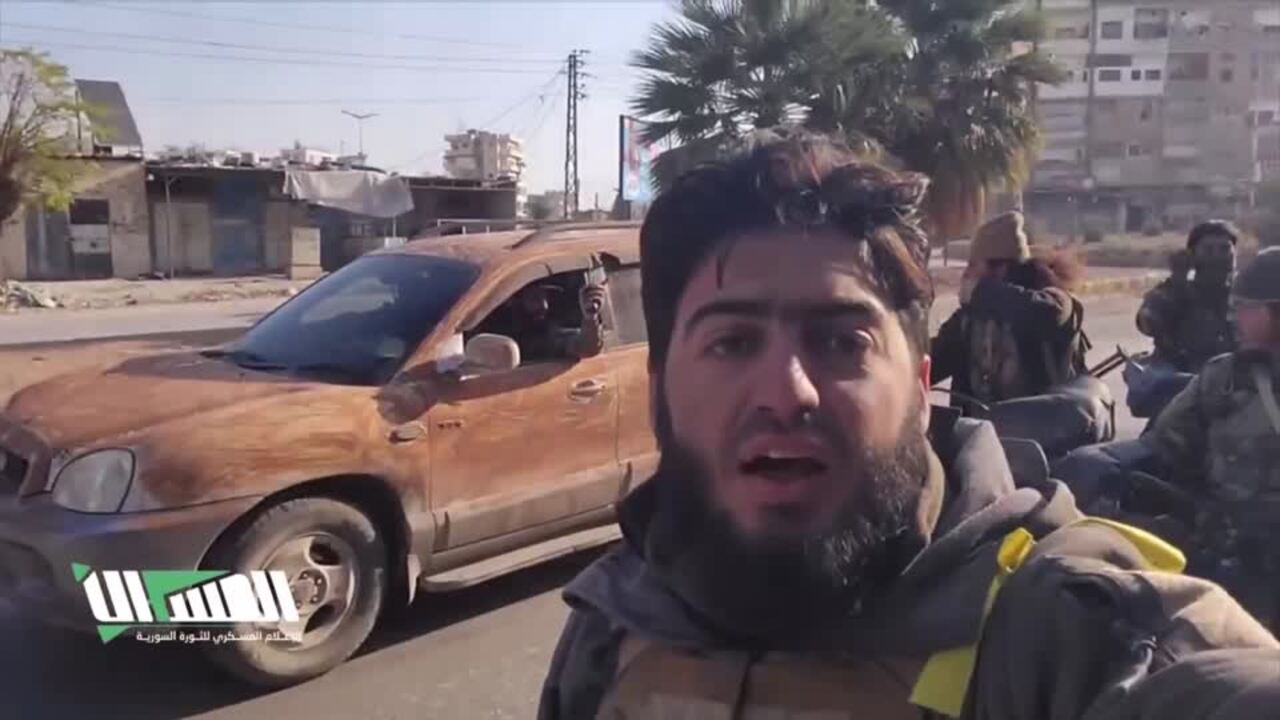
Iran’s other major regional ally is Lebanon’s Hezbollah, which previously deployed thousands of troops into Syria to support Assad in 2015-19.
Hezbollah was badly battered during the 66-day war with Israel that killed key leaders, including long-term chief Hassan Nasrallah. Hundreds of mid-tier leaders were injured and dozens killed in Israel’s sabotage attack on electronic devices at the outset of the war, which also cost the lives of more than 3000 fighters on the ground.
As a result, this time, Hezbollah – heavily committed in Lebanon, with last week’s ceasefire vulnerable to collapse amid repeated exchanges of fire with Israel – has offered only rhetorical support for Assad.
Local observers claim to have seen Iranian advisers on the ground accompanying Syrian forces, but no Iranian troops have yet been seen in combat. Iran’s Foreign Minister, Abbas Araghchi, who flew to Damascus this week, has said that Iran is open to sending troops into Syria.
So far, however, Tehran is acting cautiously, given that its regional partnerships – the so-called axis of resistance – are under pressure all across the region, while Iran and Israel have engaged in unprecedented direct air and missile strikes on each other’s territory since April. Iranian diplomats have been urging a ceasefire and de-escalation in recent days.
For their part, Russian forces have withdrawn to their bases after several units were surrounded, with unconfirmed reports suggesting hundreds of Russian troops initially unaccounted for, and numerous Russian tanks and other vehicles captured by the rebels.
Russian aircraft from the airbase at Khmeimim have been striking rebel forces with some success, destroying an ammunition convoy, hitting HTS headquarters in Idlib and initially slowing the rebels’ advance into Hama, though that effort ultimately proved unsuccessful when Syrian ground forces abandoned the city.
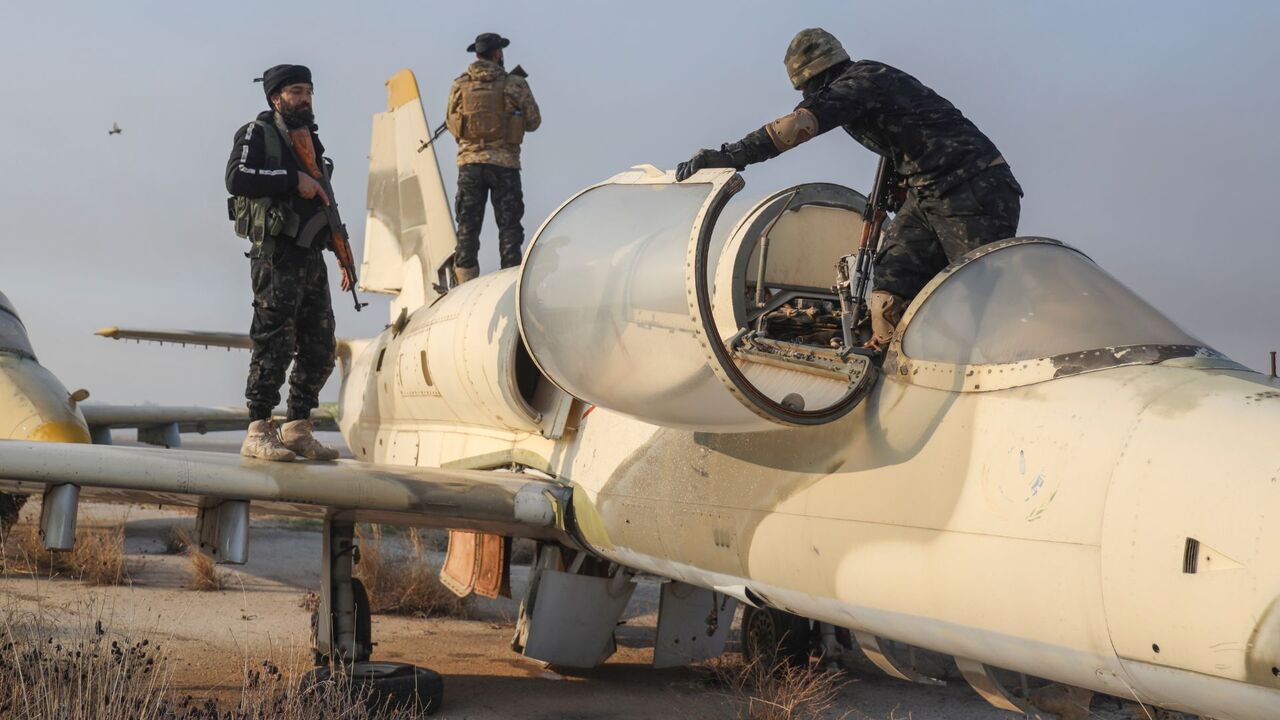
According to Russian sources, Moscow’s commander in country – General Sergei Kisel, a tank officer sent to Syria to rebuild his reputation after being defeated during Ukraine’s 2022 Kharkiv offensive – was relieved of command last weekend and replaced by one of his predecessors, Colonel-General Alexander Chaiko. The same sources shared rumours that General of the Army Sergei Surovikin – nicknamed “General Armageddon” for his ferocious effectiveness during Russia’s previous campaign in Syria but sidelined last year after poor performance in Ukraine – may be brought back to stabilise the front.
Surovikin commanded forces in the Idlib area in 2019-20 and knows the ground well, but it will take much more than a new command team to restore the situation. Rebel forces have shared video and photos showing dozens of captured Russian-made tanks, fighter aircraft, missile systems and other weapons, as well as an advanced air defence radar system. It is unclear, so far, how much of this equipment was being operated by Russians rather than Syrians. Still, as during Islamic State’s lightning offensive across northern Iraq in 2014, the more military hardware the rebels capture, the stronger they become, while those assets are lost to government forces seeking to counter the rebel push.
Overall, for the Assad regime this has been the worst week by far in almost a decade, since the rebel offensive of summer 2015, in which HTS’s predecessor organisation Jabhat al-Nusra, also known as the al-Nusra Front, played a key role, and which prompted direct Russian and Iranian intervention to prevent a collapse of Assad’s government.
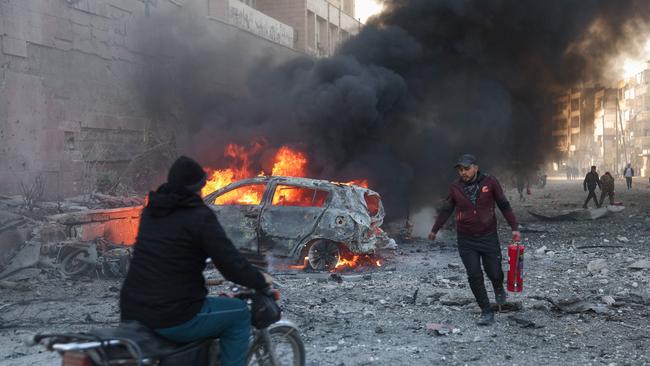
That it is happening now is far from coincidental. Coming on the heels of the Israel-Lebanon ceasefire, with Hezbollah and Iran weakened and distracted, and Russia laser-focused on its offensive in Ukraine, HTS leaders – notably Abu Mohammed al-Jolani, the movement’s founding leader, chief strategist and head of the self-styled Syrian Salvation Government in Idlib – clearly saw an opportunity to expand their reach.
HTS, under Jolani’s leadership, has spent the past five years strengthening its military and governance capacity, building popular support through delivery of a range of public services and behaving more like a nascent state than a traditional terrorist organisation.
Jolani’s group has built close relations with Turkey, and there are persistent rumours – widely believed across the region – that it has received support from the CIA. Its effectiveness in this week’s offensive is proof that Jolani’s efforts have not been in vain.
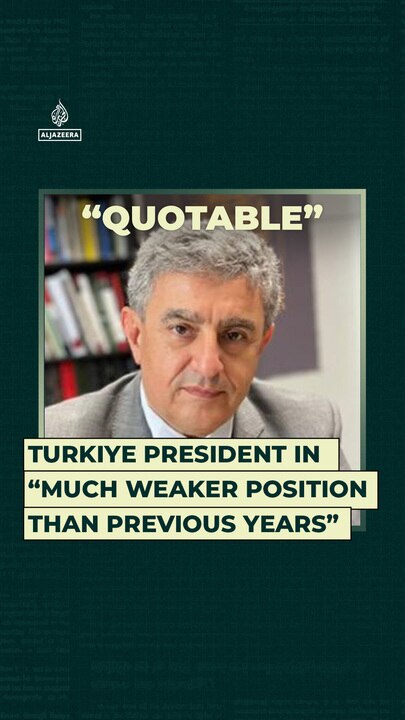
Syrian, Iranian and Russian sources are alleging that Turkish leaders encouraged and perhaps helped plan the offensive, which has weakened Turkey’s regional rivals and pushed back from its borders the SDF, which Ankara equates to the Kurdistan Workers Party (PKK), a separatist group and internationally designated terrorist organisation. Although Turkish special warfare advisers seem to be assisting HTS through a joint operations room, there is no clear evidence that Turkey supported or approved the offensive ahead of time. Turkish officials have called for a ceasefire, as have US leaders, with Pentagon spokesman Pat Ryder urging de-escalation while also noting that anything that weakens Iran and Russia is good for the US under current conditions.
Those conditions are generally very poor for US interests. Washington’s diplomatic weakness and loss of regional influence have become increasingly apparent throughout the Gaza conflict and the more recent Lebanon war, with Israeli leaders repeatedly ignoring US calls for restraint, even as they continue to depend heavily on US-supplied weapons and ammunition to sustain the conflict. Israeli aircraft have been striking targets in Syria almost weekly for months, hitting several border crossings between Syria and Lebanon just as the HTS offensive started.
Many in the region believe Israel is backing HTS, or at least taking advantage of its offensive to weaken Iran’s regional allies including Syria and Hezbollah.
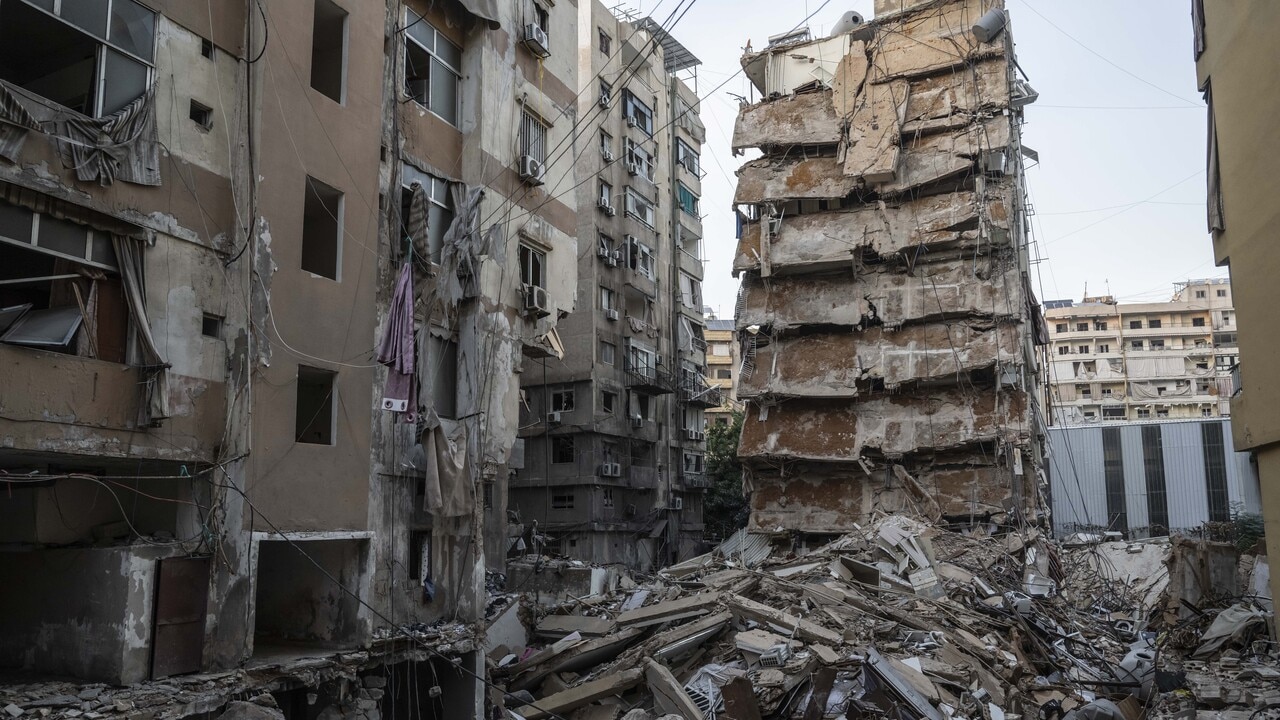
As a result, the rebel breakout in Syria makes it even less likely that the Lebanon ceasefire – already very shaky – will hold. That ceasefire, less than two weeks old, already has been disrupted by repeated exchanges of fire between Hezbollah and Israel, while its concept – in effect, the reimposition of UN Security Council Resolution 1701, the basis for the ceasefire after the 2006 Israel-Hezbollah war – seems unlikely to stabilise this conflict, having failed to end the last one.
UNSCR 1701 calls for Israel to withdraw south of the UN-designated Blue Line that marks the boundary between Israeli and Lebanese territory, while Hezbollah withdraws north of the Litani River, about 20km north of the Blue Line at its farthest point, but only 3km away at its closest near the Lebanese village of Kfar Kila, a Hezbollah stronghold that sits across a narrow valley from the Israeli hilltop town of Metula.
Kfar Kila has been heavily targeted by Israel during the current conflict, with the entire southern part of the village destroyed and virtually all its inhabitants driven out. Israel claims to have destroyed 158 targets in Kfar Kila, including 28 Hezbollah observation posts and multiple weapon systems. Despite the ceasefire, this area is likely to remain a flashpoint as both sides continue exchanging rocket and artillery fire.
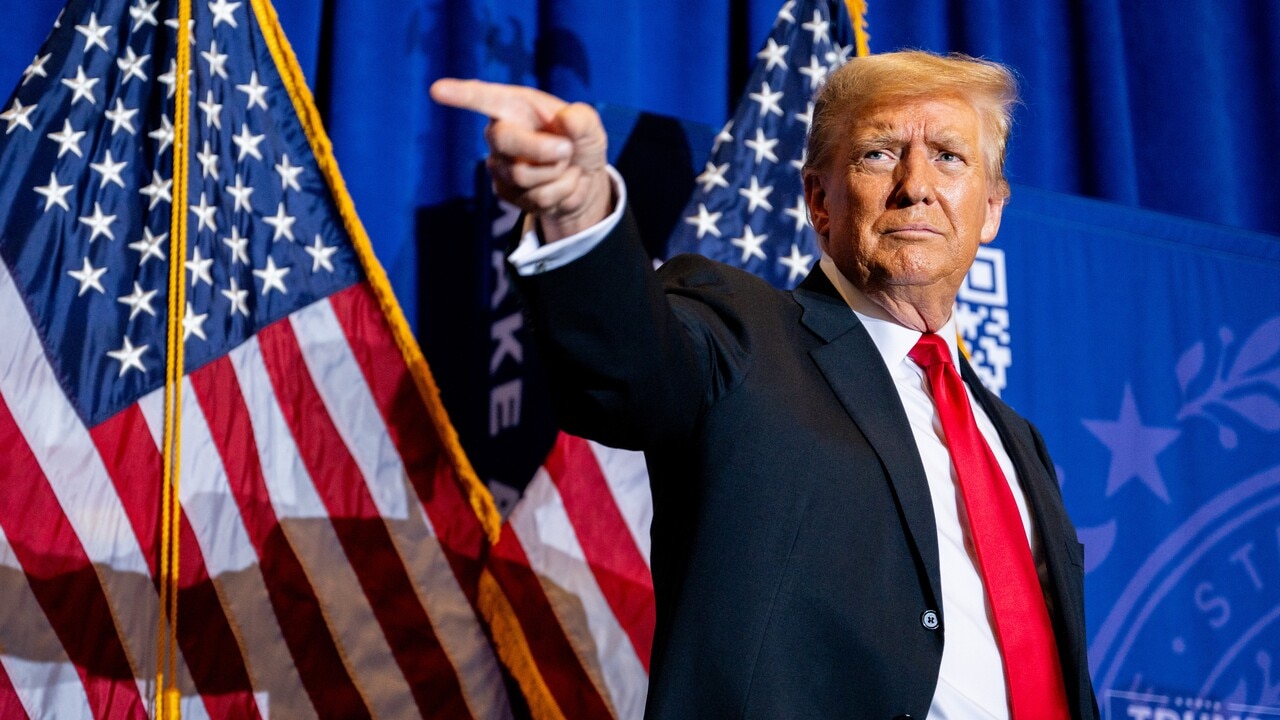
The Lebanese Armed Forces – an organisation that reports to the Lebanese government and is largely funded by the US – is supposed to ensure the exclusion of Hezbollah from the area south of the river, designated the Southern Litani Area.
But as I showed in a detailed study in 2022, despite being funded by American taxpayers to the tune of more than $US2.5bn since 2006, the LAF has been almost totally ineffective in preventing Hezbollah activity in the SLA.
Despite improving its counterterrorism performance during that period – largely against Sunni terrorist organisations that happen to be Hezbollah’s rivals – the LAF has been hamstrung by the fact the Lebanese government, to which it reports, is itself dominated by Hezbollah at the highest levels. As a result, enforcement of UNSCR 1701 since 2006 failed to demilitarise the SLA or reduce Hezbollah attacks into Israel, or prevent Hezbollah developing strongholds such as Kfar Kila.
It is still possible the ceasefire may hold. The two sides have 60 days to withdraw their forces and a strengthened UN peacekeeping force is supposed to be put in place, along with an enforcement mechanism led by a US-French team that includes US Major General Jasper Jeffers, commander of US Special Operations Command Central, an experienced and capable officer.
Israel and Lebanon are posturing for advantage but both have good reasons to seek at least a pause, if only to regroup ahead of the next round of fighting. Still, if history is any guide, continued conflict remains extremely likely, though perhaps at lower intensity than during the past two months.
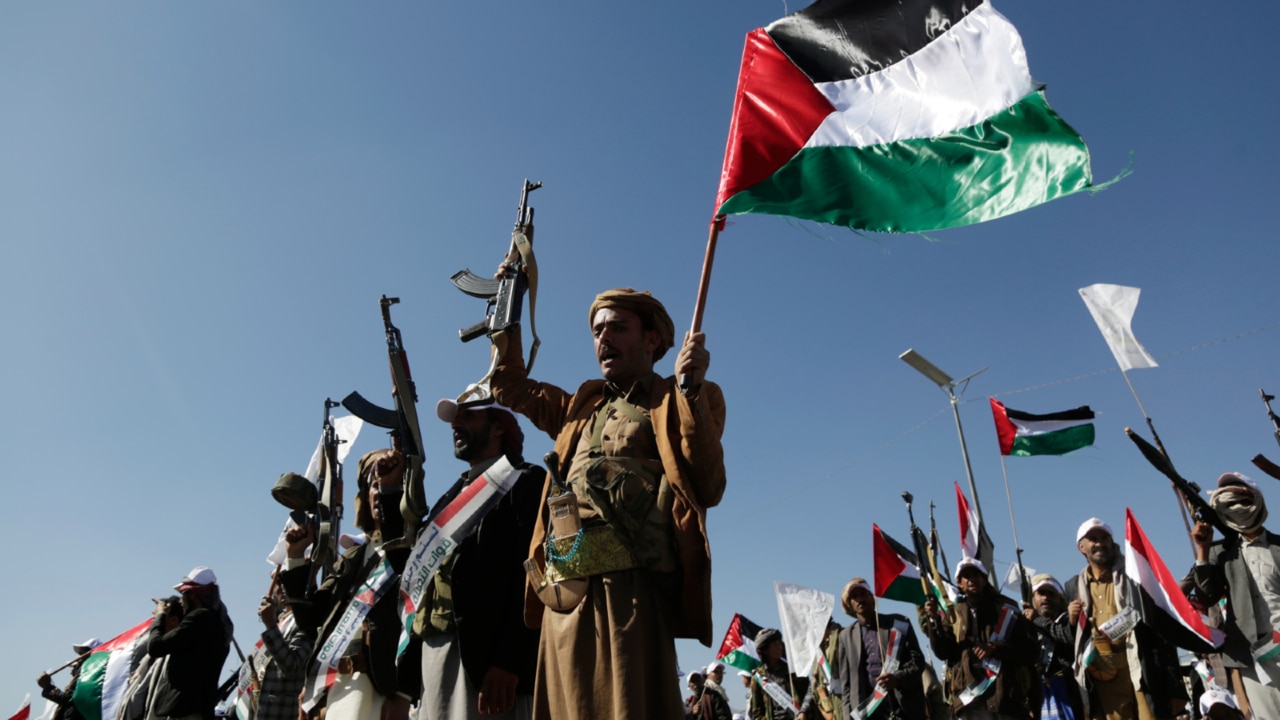
Lebanon, Syria and Gaza are not the only conflict areas in the region. Farther south, Ansar Allah (the so-called Houthi movement) continues striking ships in the Bab el-Mandeb strait in a campaign that has severely disrupted civilian shipping traffic through the Suez Canal and the Red Sea, with sharply negative effects on global trade. Efforts by US and coalition naval and air forces to disrupt Houthi missile and drone launch sites and relieve pressure on ships in the strait have repeatedly failed.
Houthi capabilities have improved dramatically throughout the conflict, with swarms of attack drones, uncrewed surface vessels and anti-ship cruise and ballistic missiles hitting many commercial ships and sinking several.
A senior American official recently described the improvement in Houthi weapons over the past six months as “shocking”. Fighter jets from the aircraft carrier USS Abraham Lincoln struck Houthi missile storage sites last week, in the first combat use of the F-35C, the carrier-based variant of the F-35, whose land-based version is operated by the Royal Australian Air Force. Far from ending, the conflict in the Red Sea thus seems to be escalating as the Houthis maintain pressure on international shipping.
Indeed, the general impression this week – across the Middle East, in Ukraine, the Baltic, Africa, the Korean peninsula and the Indo-Pacific – is of a series of conjoined and escalating conflicts. Taken together, these crises confront the incoming US administration with a radically challenging security environment.
Some of president-elect Donald Trump’s appointees – notably Marco Rubio at the State Department and Mike Waltz as national security adviser – are widely respected. Others, such as Pete Hegseth, nominated for secretary of defence, and Tulsi Gabbard as director of national intelligence, are drawing vociferous opposition.
Trump’s ability to put a team in place and rapidly get a grip of policy will be severely tested over the next few weeks, with the dramatic events in Syria only one of multiple simultaneous crises.
Whatever one’s view of Trump, we should all hope the incoming administration does indeed manage to get a grip, and that responsible players from across the Western alliance, on all sides of politics, rally to stabilise the situation. Otherwise, 2025 is likely to prove a particularly dangerous year.


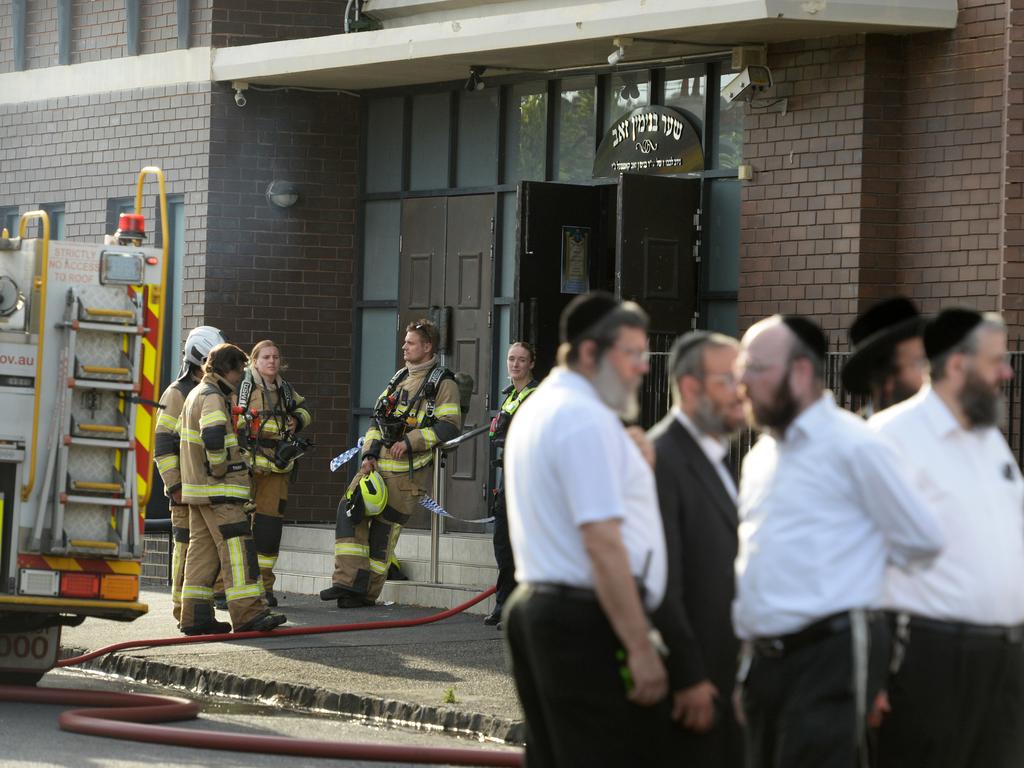
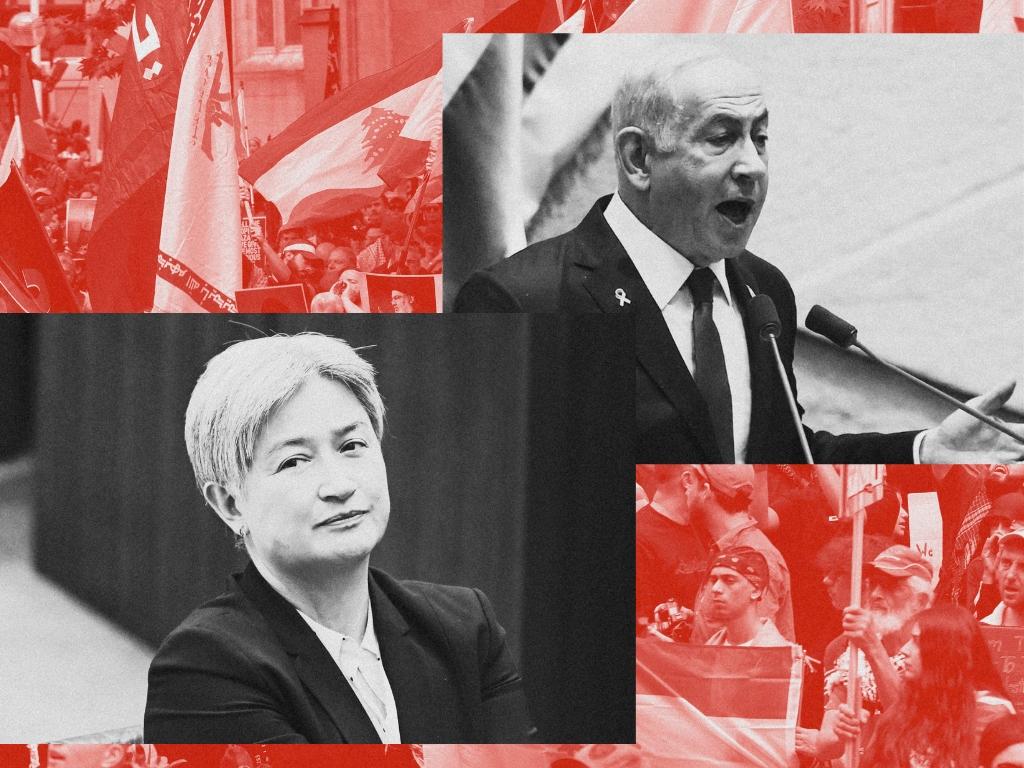
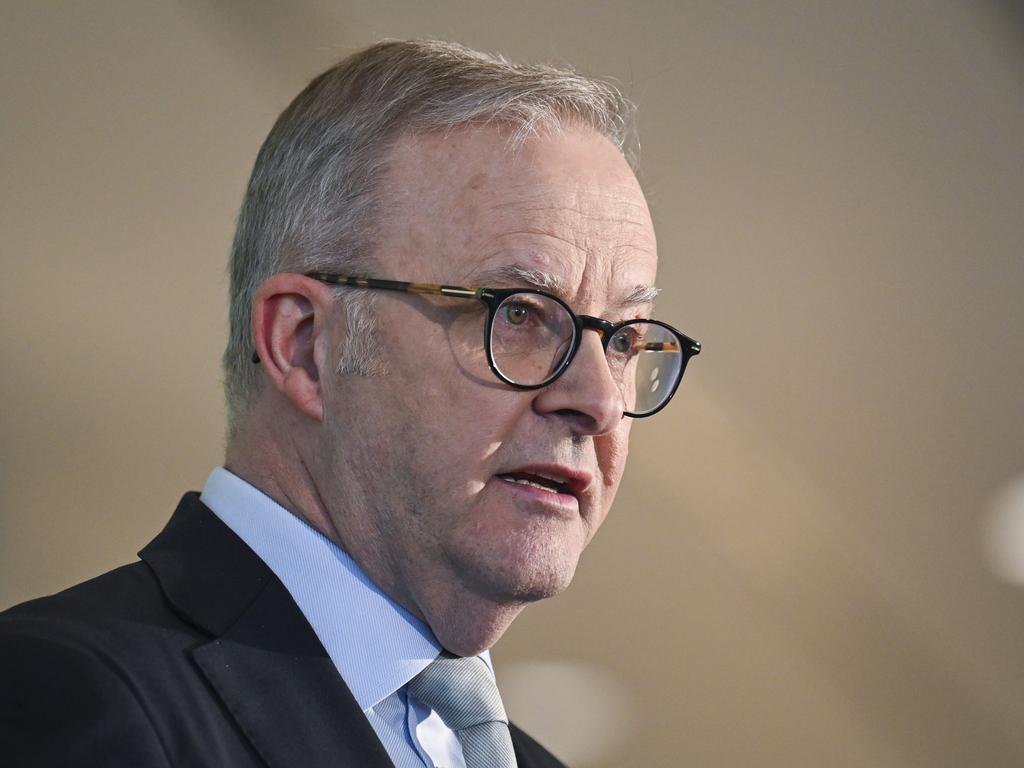


The offensive by Hayat Tahrir al-Sham – a Sunni rebel group originally affiliated with al-Qaeda and now allegedly backed by Turkey – seems to have caught Syria’s government and its allies by surprise. The rebels rapidly captured Syria’s second city, Aleppo, transforming a civil war whose front lines had been largely static since a ceasefire brokered by Russian and Turkish negotiators in late 2020. They are advancing southward, capturing the city of Hama and seizing significant amounts of Syrian and Russian equipment as they go.